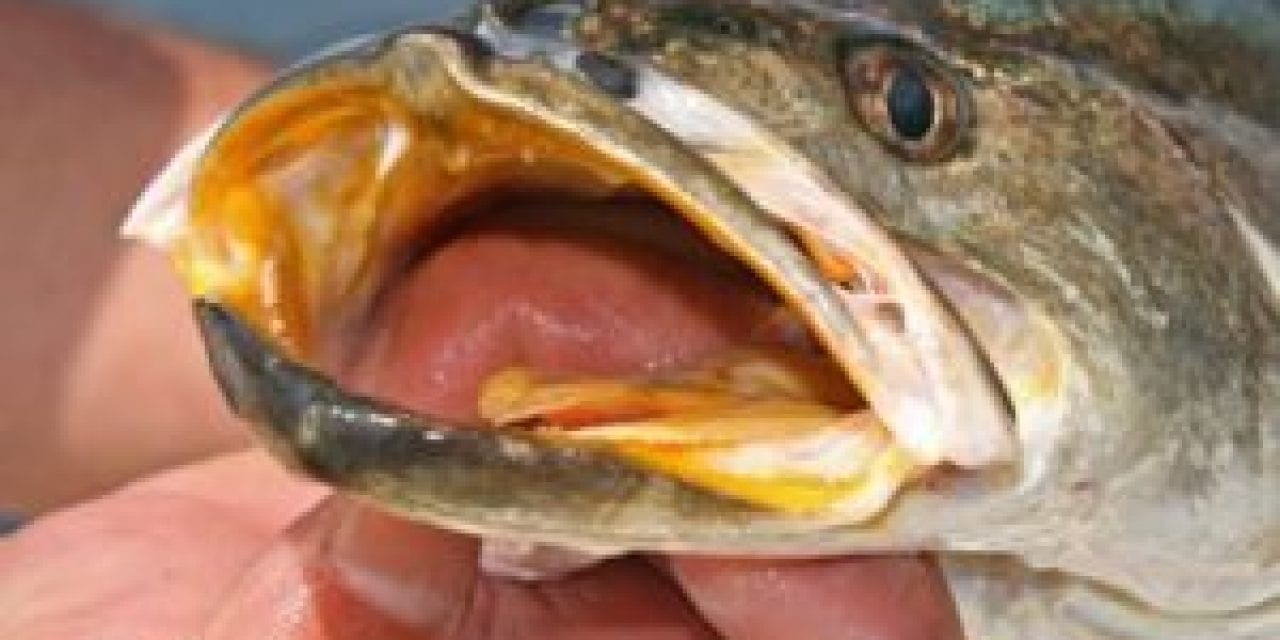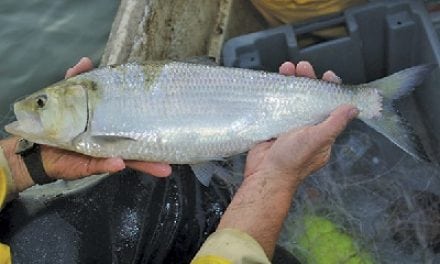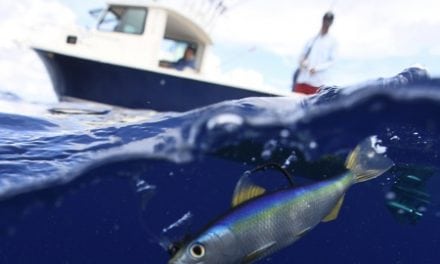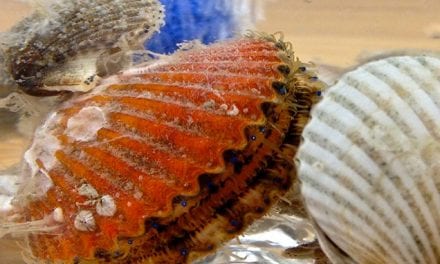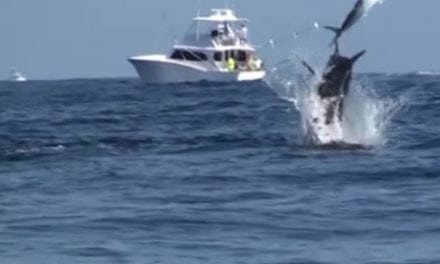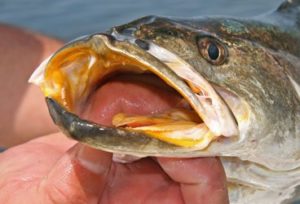 With early January bringing a major wave of frigid temperatures severe enough to impact even the Sunshine State, Florida’s inshore anglers are facing the seasonal reality that fishing is going to be tough until spring brings back normal Florida temps.
With early January bringing a major wave of frigid temperatures severe enough to impact even the Sunshine State, Florida’s inshore anglers are facing the seasonal reality that fishing is going to be tough until spring brings back normal Florida temps.
Weather – specifically low water temperatures and strong winds – clearly holds most of the blame for impacting prime targets such as redfish, trout and snook. The latter is particularly susceptible to extreme cold, so winter traditionally sees a sharp decline in linesider activity. Other inshore species feel the chill, too, and while tolerance levels vary, winter spreads its lethargy across the entire inshore scene.
But meteorological changes are not the only cause for winter adjustments and a key truth will have savvy anglers rigging up a variety of manmade offerings. The key, here is baitfish; rather, the lack thereof.
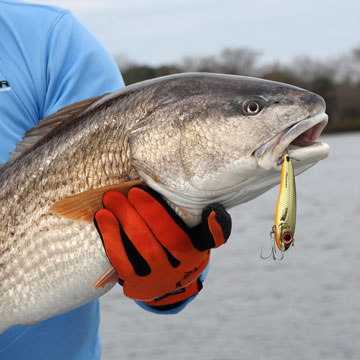
When massive schools of scaled sardines and threadfin herring abound during the warmer months, it’s often hard to talk an overindulged fish into biting artificials. But when winter finds the easy food supplies dwindling, most of these minnow munchers are all too happy to snap up whatever they can get their jaws around.
No doubt, this is primetime for artificials, and while some anglers catch fish year-round on various plastic and metal forms, the colder months present a great opportunity to dial in your casting and presentation skills.
WHAT TO THROW
Unlike the warm season when predators chase bait throughout the water column, winter finds fish more bottom-oriented as they shift their focus to crustaceans, invertebrates and pinfish huddled in deeper grass. Here’s a look at the baits that’ll get you bit in winter.
– Drop It Down: Jigs in the 1/8- to ¼-ounce range dressed with various plastic tails such as the YUM Mud Minnow or Money Craw, offer optimal diversity and quick-change experimentation. Soft plastic jerk baits such as the new YUM Swurm also work here, and their longer profiles not only stand out better, but their heavier, streamlined form can improve casting distance.
For a more active presentation, the Bomber Saltwater Grade Shad-Head is a good bet. The jig’s up-swept nose helps prevent bottom snags when working over grassy bottom with a curly tail or minnow style body.
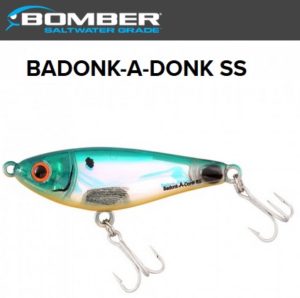 For a different look, Bomber’s Standup Jig features an angled head that tilts the tail and hook upward when it hits bottom. Ideal for slowly creeping across a deep sand hole, through a protected canal, under a dock or anywhere shivering fish may be holding, the Standup keeps the business end facing the fish and that’s a significant benefit when a lot of fish are sitting deeper and looking downward for their winter meals.
For a different look, Bomber’s Standup Jig features an angled head that tilts the tail and hook upward when it hits bottom. Ideal for slowly creeping across a deep sand hole, through a protected canal, under a dock or anywhere shivering fish may be holding, the Standup keeps the business end facing the fish and that’s a significant benefit when a lot of fish are sitting deeper and looking downward for their winter meals.
– That Sinking Feeling: To imitate an irresistibly easy meal, send in a sinking bait like the Badonk-A-Donk SS. Subtle and persistent, this bait’s a good one for probing those deep canals, working channel edges or even dead-sticking in a deep sand hole on a warm winter day. This is also a great option around piers and bridges. Toss the bait upcurrent and let it pendulum swing down past the structure.
– Flash & Dash: During daylight hours, the classic weedless gold spoon epitomizes cast-and-reel, user-friendly simplicity anytime of the year. The Bomber Saltwater Grade Who Dat Spoon enhances the basic appeal with a weed guard sporting a pair of red beads to mimic shrimp eyes. And if you need to wake ‘em up on a slow morning, try the Who Dat’s Rattling versions or the spinner model with a No. 4 ½ Colorado blade, which adds thump and provides lift for skinny water.
In addition to the visual and audible attraction, spoons also make especially effective search tools when you’re approaching nervous fish in winter’s shallow, clear water, or you’re struggling to spot fish or make effective cast in windy conditions.
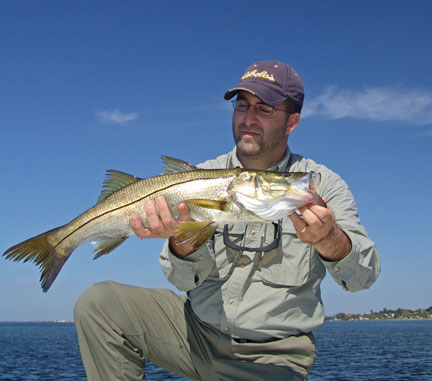
Things Are Looking Up: During warming trends, look for a spike in the inshore action as cold-weary fish take advantage of the less restrictive conditions to feed Best Winter Luresactively. This could trigger a good topwater bite – even from those sensitive snook, as the linesiders rise to sun their backs.
Reds have nothing against a nice topside meal, but the big speckled trout common to the cold season are your premier topwater performers. Foaming surface explosions are well worth all the effort to find receptive fish. Mullet schools are key as big trout, along with reds and snook, often hide among these vegetarians for the purpose of picking off the forage they displace and attacking prey from a seemingly harmless aggregation.
Bomber’s Bodonk-A-Donk topwater walks with eye-catching appeal, while the low-pitch and high-pitch models provide options for audible attraction. Similarly, with Heddon’s Saltwater Spook lineup, you can experiment with size (Super Spook, Super Spook Jr.) and presentation (walking or chugging models) to dial in the day’s preference.
Regardless of which topwater you throw, use a light fluorocarbon leader – 15- to 20-lb – and keep it to about 8 inches. The logic here is that heavy leaders will tug at the nose of your topwater plug and mar its presentation.
For any of your winter baits, consider that winter water is generally extremely clear unless stirred by strong winds. Even during active feeds, fish will be spooky in the high visibility, so longer rods in the 7 ½-foot range will help you achieve the casting distance often needed for reaching your targets without sending them packing.
By David A. Brown and first published by https://www.bombersaltwatergrade.com/blog/
Related Articles:
- Bomber: Introducing the Jointed Wake Minnow
- Bomber’s Popper X-Treme For Your Saltwater Action
- Bomber Long A’s New Look
The post Best Winter Lures For Inshore Game Fish appeared first on OutDoors Unlimited Media and Magazine.

